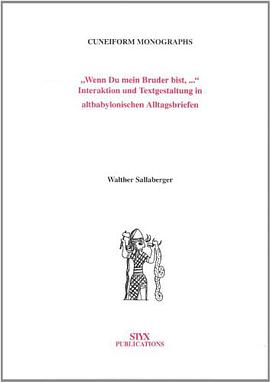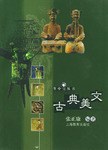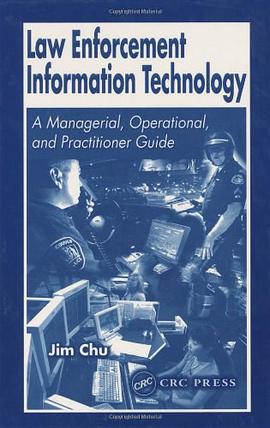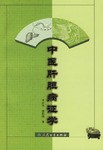

具体描述
Among cuneiform texts, only letters address directly a concrete historical person. Letters being texts composed and used in everyday verbal interaction, they replace direct communication. This specific situational context provokes basic questions such as: from the point of view of the ancient letter writer, what are the conventionally possible ways of expressing the intentions of the sender? And from the modern researcher's standpoint, how can we detect the 'tone' of a given letter? This study focuses neither on the facts represented and the persons communicating nor on the system of the language, but is rather concerned with the specific, rule-governed use of language in interaction. The method employed is a combination of the philological treatment of the texts with questions and insights from linguistic pragmatics, discourse analysis, and text linguistics. The book concentrates on the corpus of Old Babylonian letters from Mesopotamia. The topics treated include: address behaviour, i.e. use and interdependence of term of address, greeting, and form of address of the verb; the stucture and the basic function of an Old Babylonian letter; the polite speech acts of gratitude and of asking a favour; rational argumentation in everyday verbal interaction.
作者简介
目录信息
读后感
评分
评分
评分
评分
用户评价
相关图书
本站所有内容均为互联网搜索引擎提供的公开搜索信息,本站不存储任何数据与内容,任何内容与数据均与本站无关,如有需要请联系相关搜索引擎包括但不限于百度,google,bing,sogou 等
© 2026 book.wenda123.org All Rights Reserved. 图书目录大全 版权所有




















